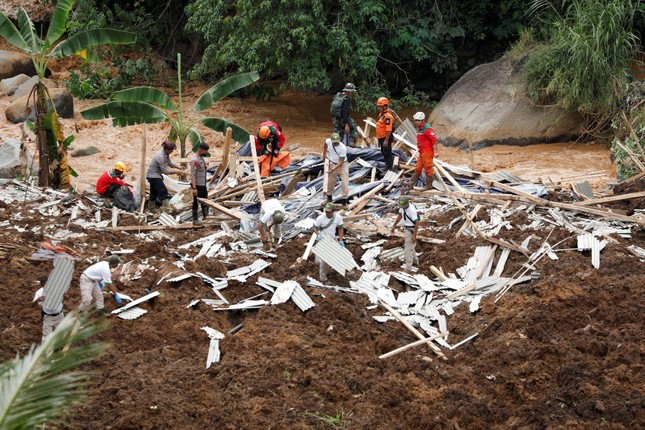
151 people are still missing, the rescue agency said today (November 22), as rescuers continued to search for survivors under the rubble of collapsed buildings.
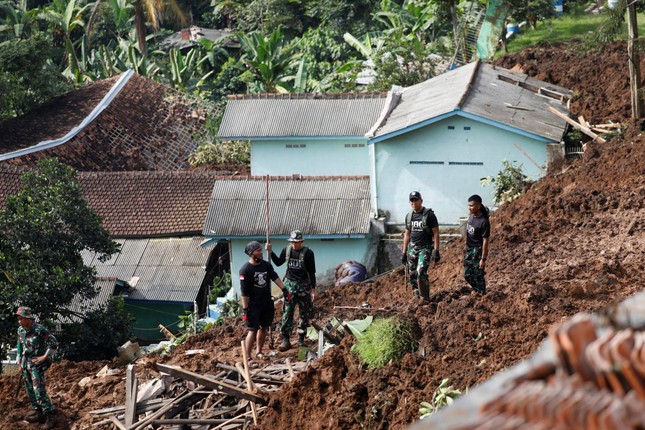
Earlier, a 5.6-magnitude earthquake struck West Java - Indonesia's most populous province on Monday afternoon (November 21), causing significant damage to the town of Cianjur, a short distance from the capital Jakarta. about 75 km southeast and buried at least one village because of a landslide.
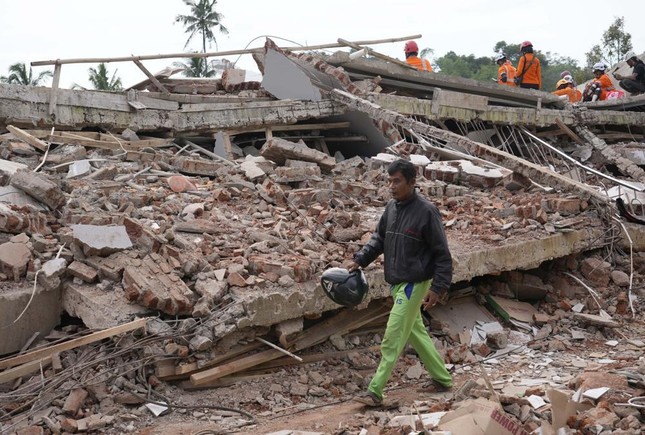
The head of the disaster response agency told reporters that more than 1,000 people were injured, 58,000 had to be evacuated and 22,000 homes were damaged.
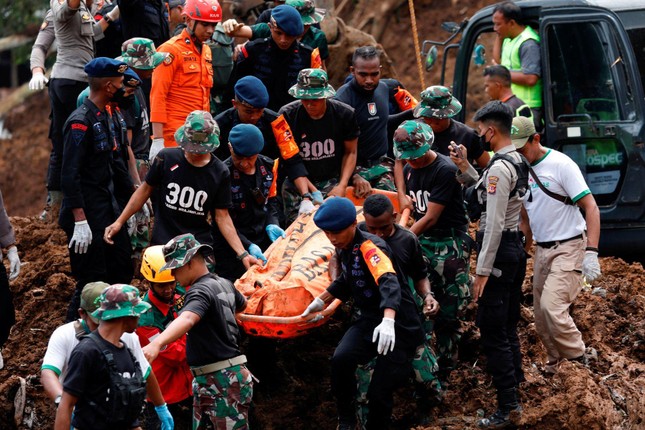
Henri Alfiandi, head of the National Search and Rescue Agency (Basarnas), said landslides and rough terrain hampered rescue efforts.
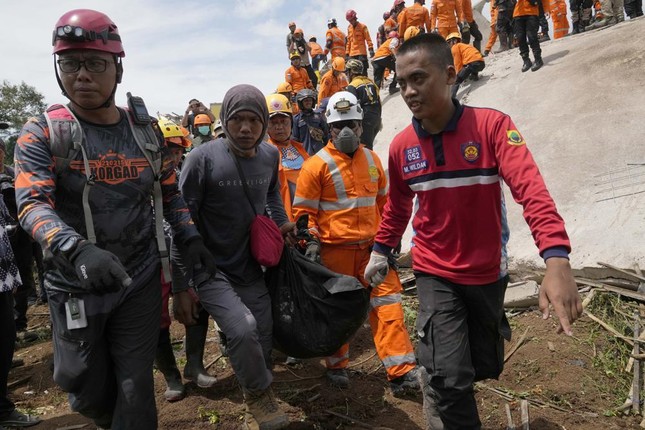
“The biggest challenge is that the affected area is so broad. In addition, many roads have been damaged," Alfiandi told reporters.

He said many of the victims were children, because they were at school at the time of the earthquake.
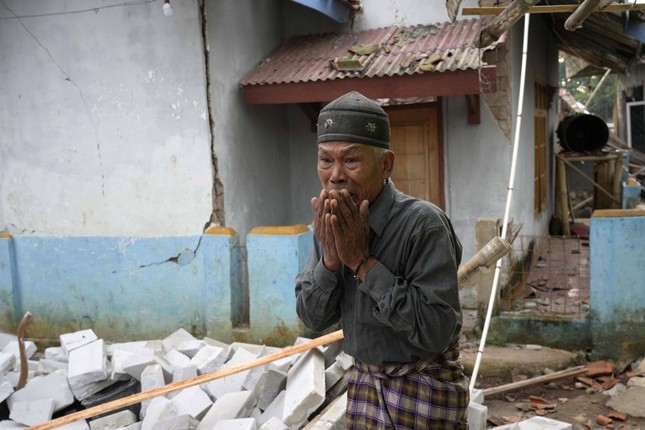
Magnitude 6 or 7 earthquakes are quite common in Indonesia, but often occur offshore, where fault lines are located. The earthquake on November 21 was so damaging because it occurred on land, and the epicenter was at a relatively shallow depth.
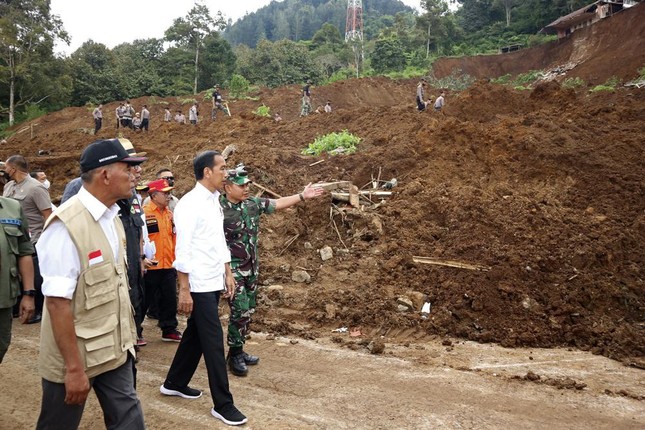
Indonesian President Joko Widodo (white shirt) arrived in Cianjur today to encourage rescuers. "I gave priority instructions to evacuate the victims still trapped under the rubble," he said.
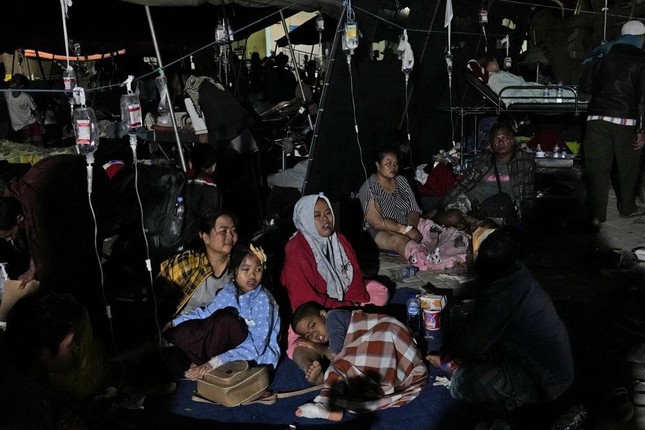
National Police Chief Listyo Sigit Prabowo said more than 1,000 security personnel had been deployed to assist with the aftermath.
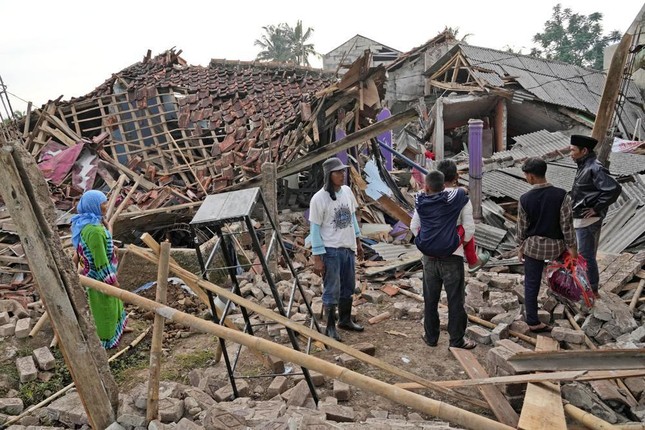
Rescue efforts were complicated by power outages in some areas and 145 aftershocks. Officials warn more landslides are possible in the coming weeks.
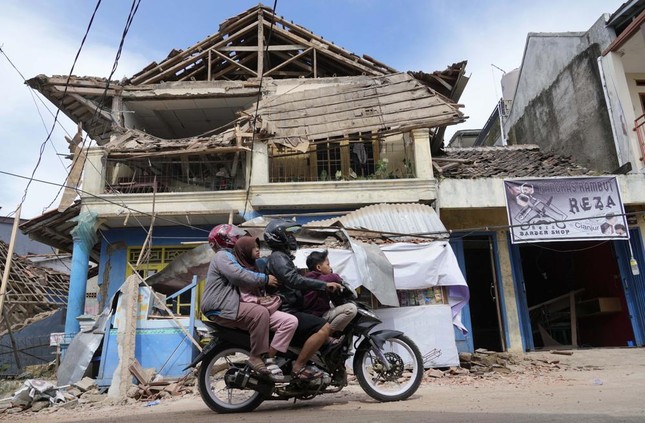
"It's currently the rainy season in West Java, peaking in December," Dwikorita Karnawati, head of the meteorology and geophysics agency, told reporters. "So we have to anticipate any disasters that may follow, such as landslides."